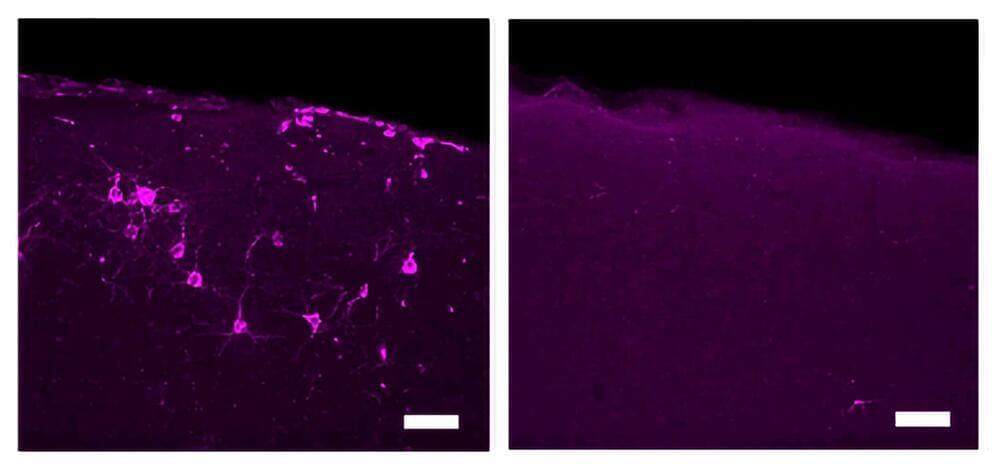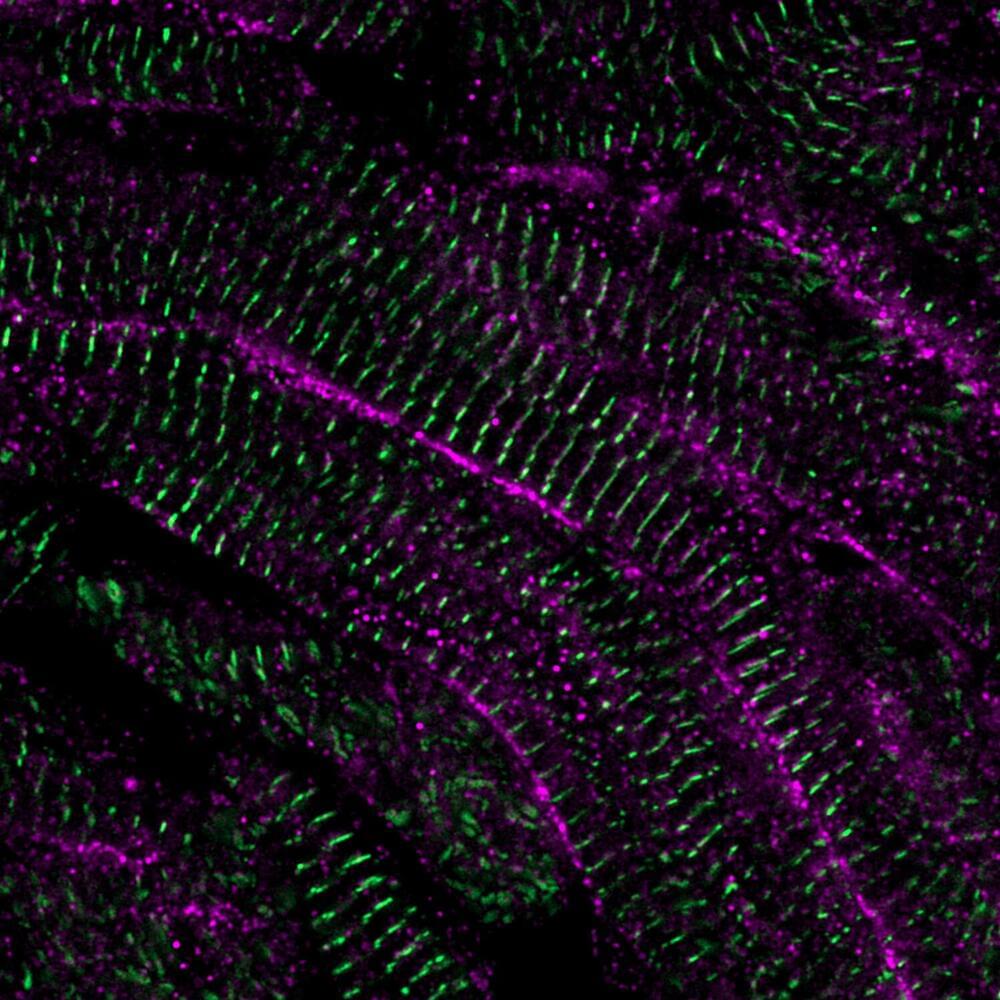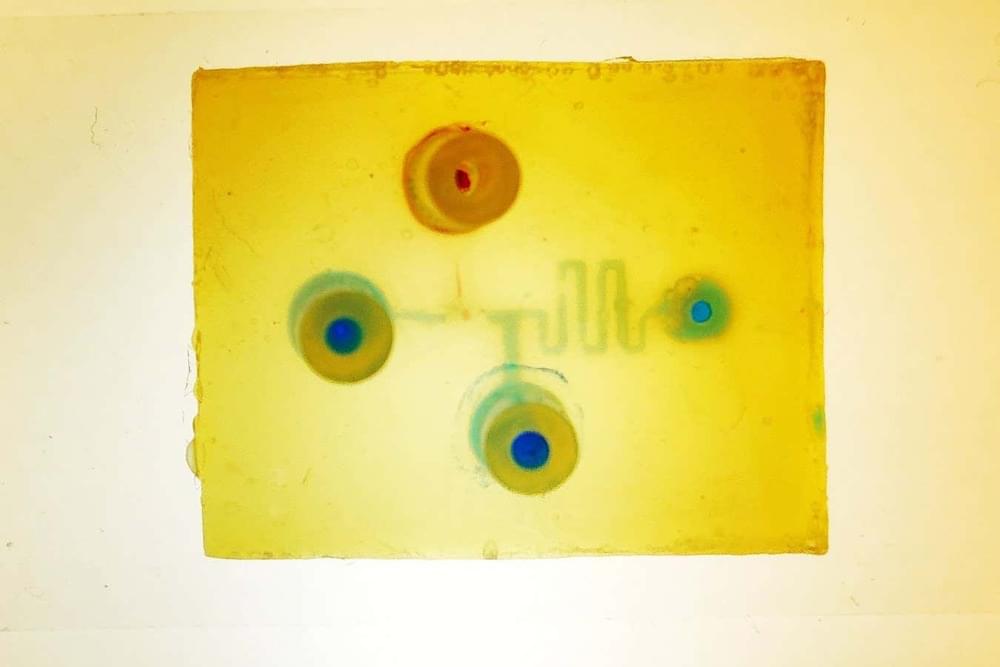The breadth of BuzzFeed CEO Jonah Peretti’s AI aspirations just got a lot clearer — and if he has it his way, AI use at the viral publisher won’t be limited to time-killing quizzes and bottom-tier travel guides.
“BuzzFeed has always lived at the intersection of technology and creativity. And recent developments in artificial intelligence represent an opportunity to take this convergence to the next level,” Peretti told eager investors at the company’s Investor Day last week. “We view AI as an exciting new creativity tool, one that humans can harness to open up new avenues for imagination, storytelling and entertainment and explore new premium product offerings that allow us to innovate and collaborate with our clients and partners on a new frontier in media.”
“Over the next few years, generative AI will replace the majority of static content, and audiences will begin to expect all content to be curated and dynamic with embedded intelligence,” he continued. “AI will lead to new formats that are more gamified, more personalized, and more interactive.”









